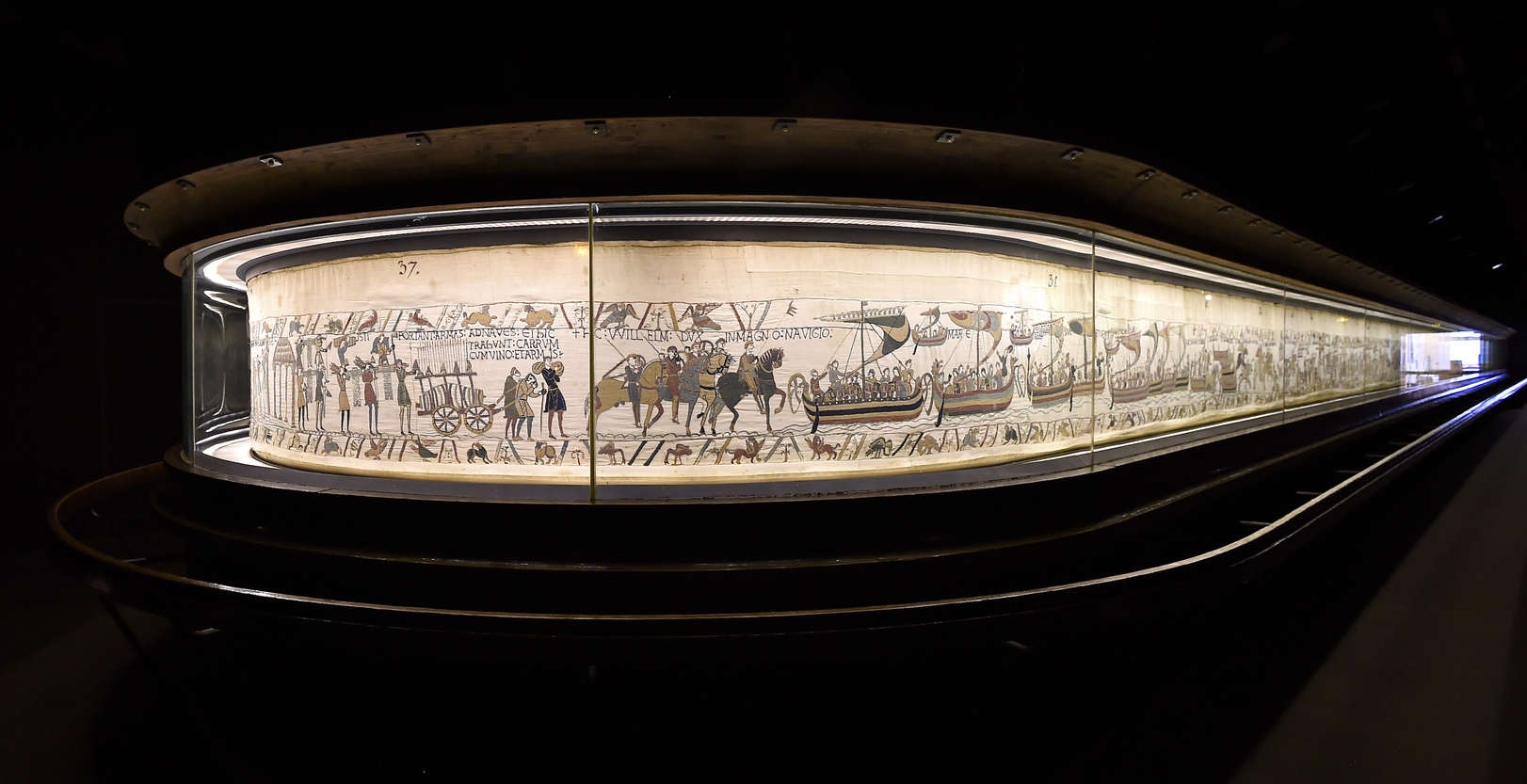On the issue of theBayeux tapestry, which France intends to lend to the United Kingdom but against whose relocation experts and citizens have taken sides, even promoting a petition that has surpassed 60,000 signatures asking French President Emmanuel Macron not to proceed with the loan, the director of the British Museum, Nicholas Cullinan, also intervened, writing a letter to the Guardian to take a stand. “For the first time in almost a thousand years,” the missive begins, “the Bayeux Tapestry will come to Britain. In 2026, it will be displayed at the British Museum as part of a historic cultural partnership with France, while the Bayeux Tapestry Museum in Normandy is closed for construction work on a new building. In return, some of the UK’s greatest treasures, including Lewis’s chessmen, Sutton Hoo’s helmet, Mold’s golden cloak and Dunaverney’s hook, will travel to Normandy.”
“Understandably, there has been interest in how these priceless objects will be transported and concerns about their safety,” Cullinan recalls. "I want to be clear about the detailed work being done in both countries. Since a partnership agreement was signed earlier this summer, experts on both sides of the English Channel have been doing rigorous planning and due diligence to ensure the safe transport and storage of the tapestry. Colleagues in France are preparing for its careful transport before work begins on their new museum, and complex plans are being developed for its transport to London. This expert-led collaboration, supported for twelve years by one of our leading specialists on the Bayeux Scientific Committee, will guide every step, including a full rehearsal of the journey."
“Once on display at the British Museum,” the museum director concludes, “the tapestry will be placed on a state-of-the-art table designed to aid its long-term preservation while allowing visitors to admire it in a new and surprising way. The same table will then be used when the Bayeux Museum reopens, ensuring the continued preservation of this unique masterpiece. This exchange represents one of the most significant cultural collaborations in recent times, strengthening Franco-British ties while safeguarding our common heritage for future generations.”

In fact, as repeatedly denounced by those opposed to the loan, led by Didier Rykner, editor of La Tribune de l’Art newspaper, it is not known exactly which reports and experts would have endorsed the loan: indeed, there is still a great deal of vagueness on this point, and at the moment the only experts who have spoken publicly, such as Isabelle Bédat and Béatrice Girault, the restorers who worked on the tapestry between 1981 and 1983, have advised against the trip to London.
Meanwhile, opposing views are also registered on the British front: last September 2, in the Telegraph, Alan Cochrane wrote a piece with the eloquent title “The French are right: don’t lend us the Bayeux tapestry,” and of the same opinion is also art historian Neil Jeffares, who last August 15 sent a letter to the Financial Times expressing his opposition. In short: the “no” front is also expanding on the other side of the Channel.
 |
| British Museum defends Bayeux tapestry loan, but criticism mounts |
Warning: the translation into English of the original Italian article was created using automatic tools. We undertake to review all articles, but we do not guarantee the total absence of inaccuracies in the translation due to the program. You can find the original by clicking on the ITA button. If you find any mistake,please contact us.